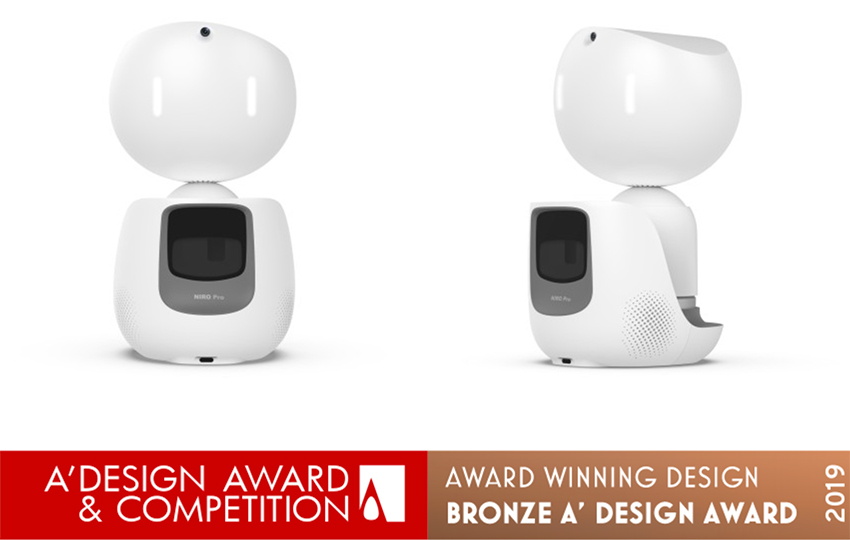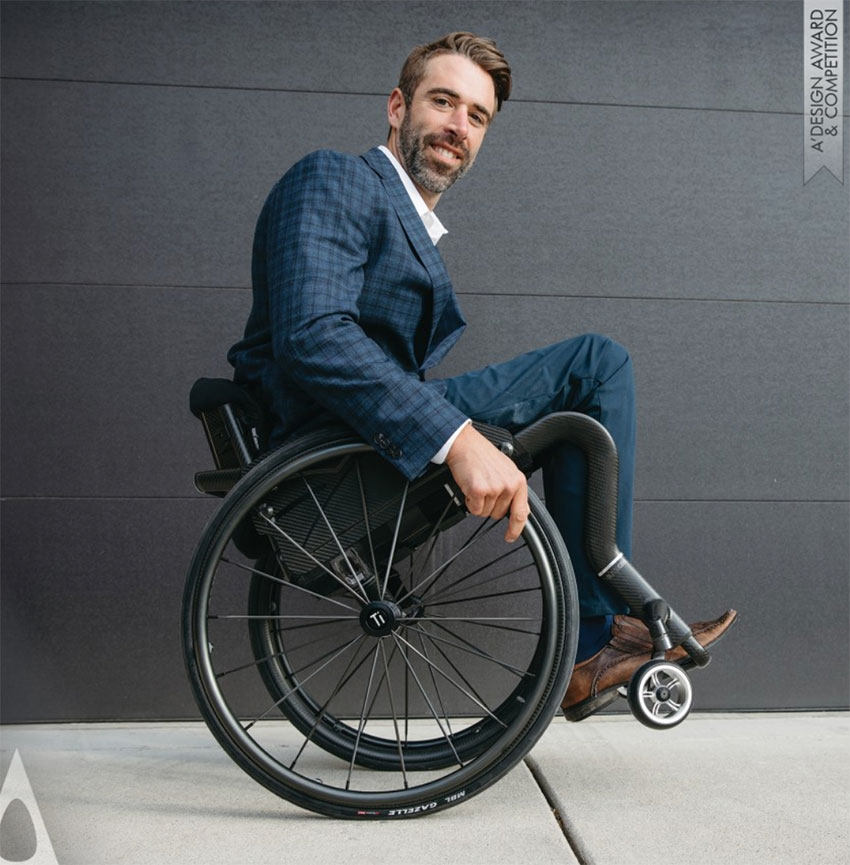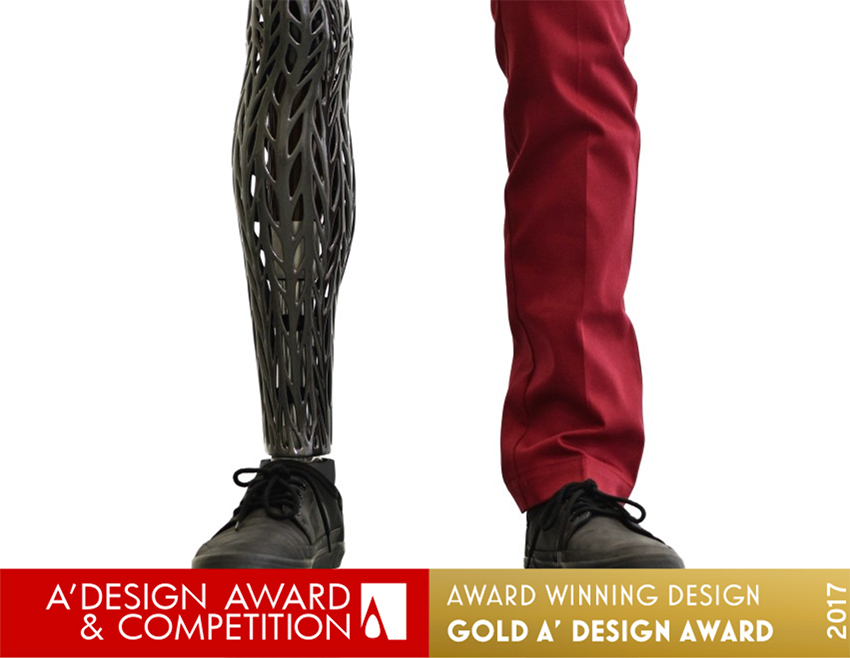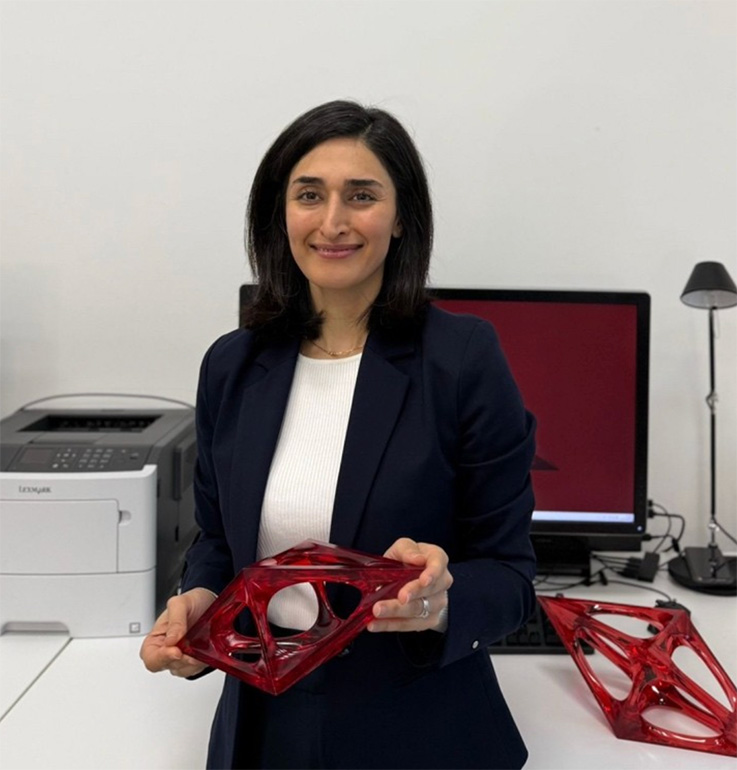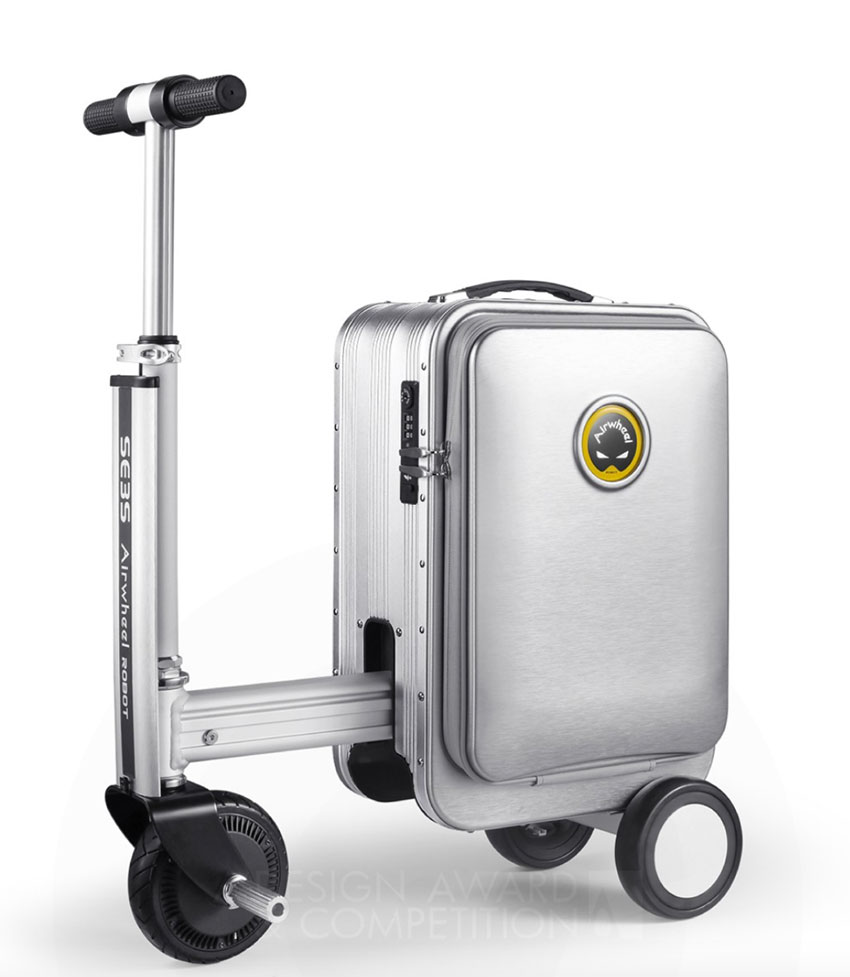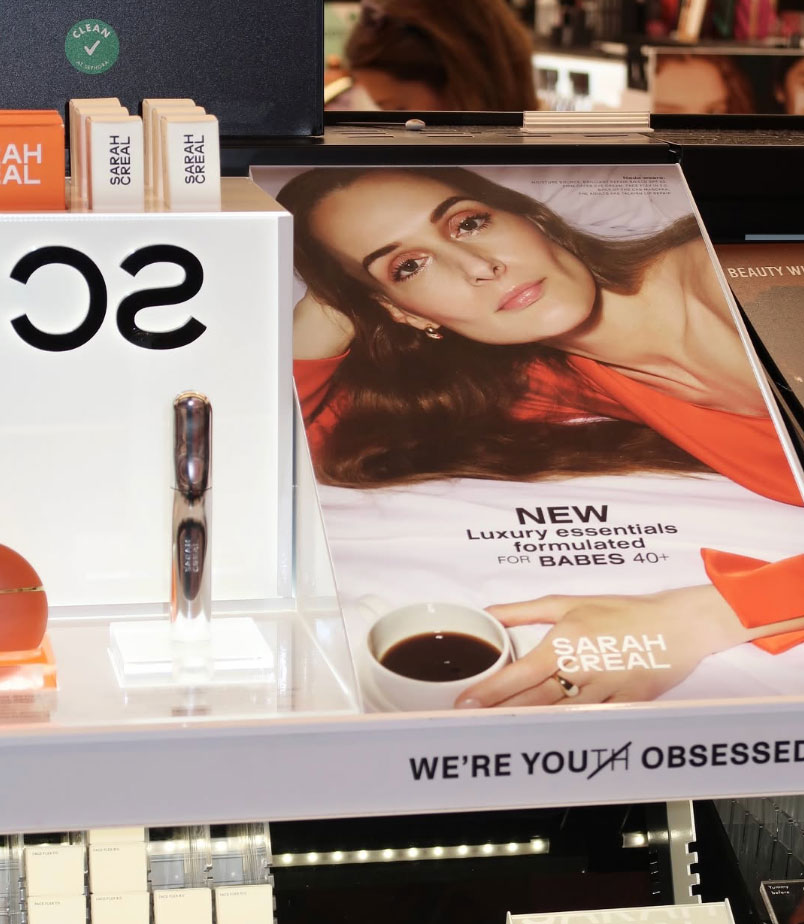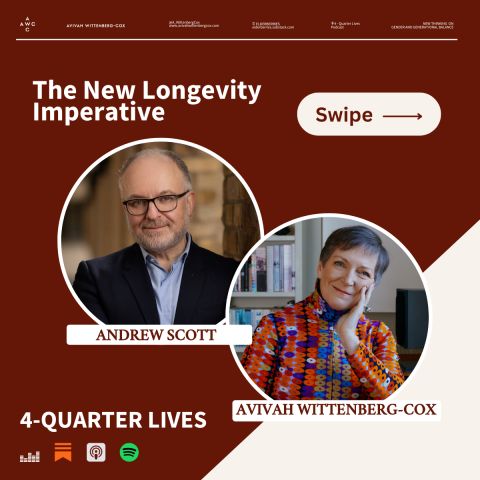DESIGN
INCLUSIVE DESIGN: MARYAM KARBALAEI ON
THE A' DESIGN AWARD
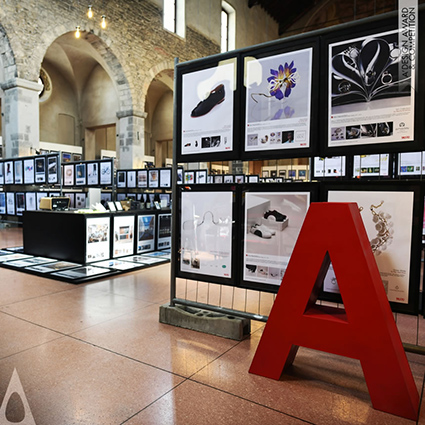
The A Design Award and Competition exhibition at the Mood Design Museum in Italy. Image credit: A' Design Award and Competition
Design awards often prioritise aesthetics over impact, however the A' Accessibility, Assistive Technologies and Inclusive Design Award stands out as an increasingly important innovation. Established in 2008, this pioneering competition has challenged conventional design recognition by championing solutions that genuinely improve lives through ergonomics, usability and universal accessibility. From medical devices enabling early intervention to mainstream products seamlessly integrating inclusive features, the award has become a powerful catalyst for industry-wide change.
In our interview, Maryam Karbalaei, Customer Service Manager at A' Design Award and Competition, shares how the Italian-based organisation is reshaping innovation for ageing populations and accessibility needs across all demographics. We explore how the competition drives accessibility innovation, from cutting-edge medical devices to everyday products that seamlessly serve users of all abilities.
In our interview, Maryam Karbalaei, Customer Service Manager at A' Design Award and Competition, shares how the Italian-based organisation is reshaping innovation for ageing populations and accessibility needs across all demographics. We explore how the competition drives accessibility innovation, from cutting-edge medical devices to everyday products that seamlessly serve users of all abilities.
